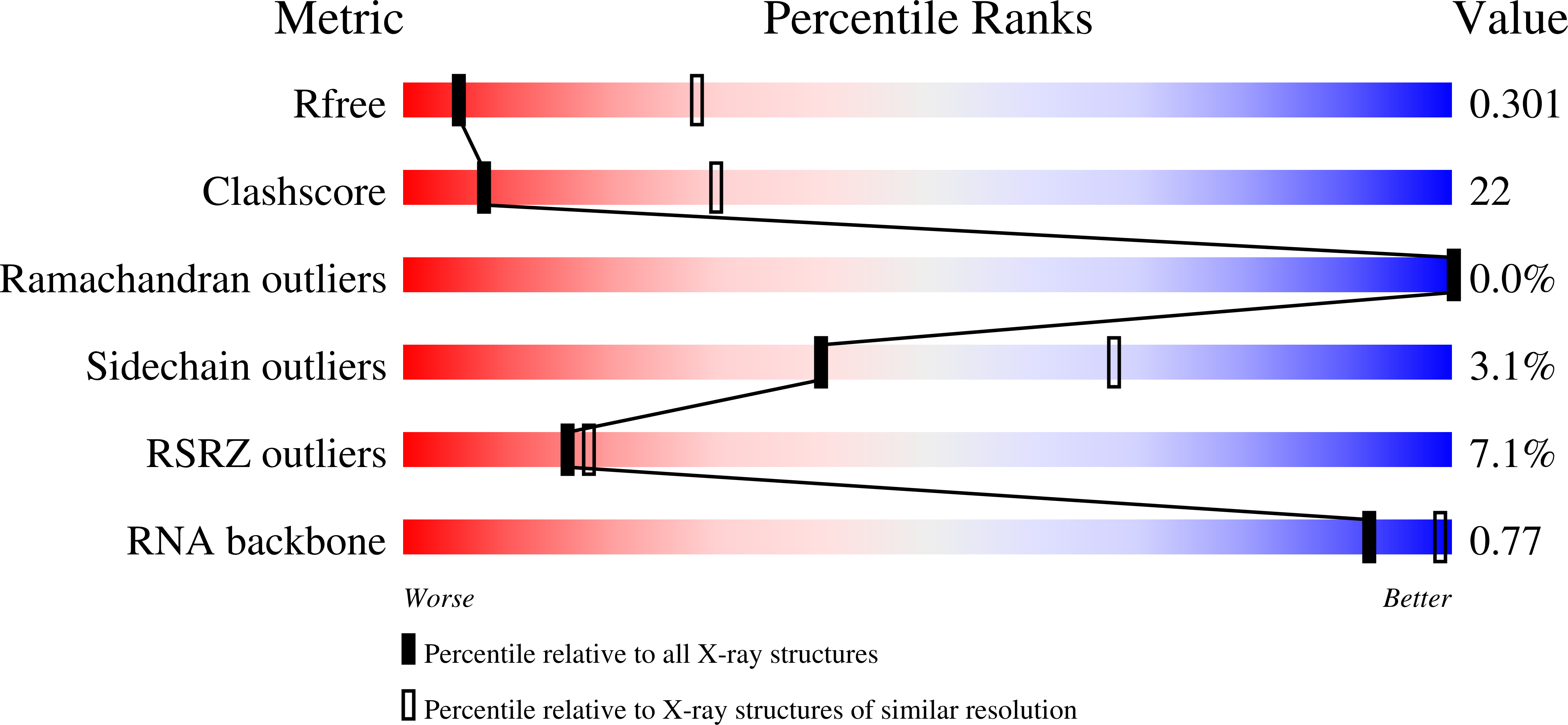
Deposition Date
2023-10-15
Release Date
2024-04-24
Last Version Date
2024-10-16
Entry Detail
PDB ID:
8UKS
Keywords:
Title:
RNA polymerase II elongation complex with Fapy-dG lesion soaking with CTP before chemistry
Biological Source:
Source Organism:
Saccharomyces cerevisiae S288C (Taxon ID: 559292)
synthetic construct (Taxon ID: 32630)
synthetic construct (Taxon ID: 32630)
Host Organism:
Method Details:
Experimental Method:
Resolution:
3.40 Å
R-Value Free:
0.30
R-Value Work:
0.26
R-Value Observed:
0.26
Space Group:
C 1 2 1


